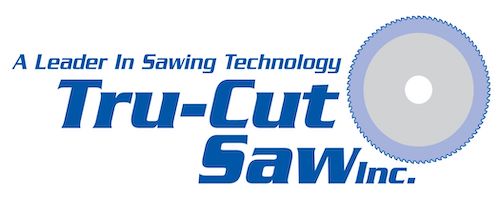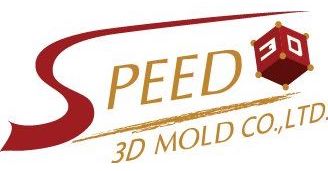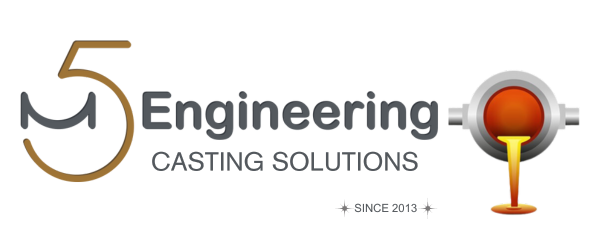Exhibitor Presentations
wire & Tube Southeast Asia 2023, GIFA & METEC Southeast Asia 2023 Exhibitor Technical Presentations provide a platform for exhibitors to showcase their knowledge in new product developments and technological solutions for businesses in the wire, cable, tube, pipe, foundry, and metallurgical industries. This live stage offers insights and expertise on emerging applications that address major trends affecting the metal industry.
Venue: Hall 103
FREE ADMISSION: Limited to 50 participants only
20 September, Wednesday (Day 1)
| Time | Exhibitor | Topic & Synopsis | Speaker | Language |
|---|---|---|---|---|
| 1.00pm - 1.45pm |

|
Lilz Gauge
Remote Inspection of Equipment in Areas with No Power Supply
Demonstrating how combination of low power IoT devices, mobile networks, computer vision and machine learning can be used to digitalize inspection of equipment and manufacturing processes, even in areas with no power supply available.
| Jacob Kolodziejczyk, CTO | English |
| 1.45pm – 2.30pm |

|
MAGMA Engineering Asia Pacific Pte Ltd
Casting Process Simulation Helps to Produce Sustainably
Metallic yield is a crucial indicator for cast iron foundries seeking profitability and casting quality. Improving yield reduces costs and environmental impact through material and energy savings. Fundimig, a cast iron company, demonstrated this in a case study that won the ecoMetals AWARD 2023 at GIFA Düsseldorf. They optimized production using casting simulation, achieving high yield and low scrap rates. MAGMA's module, MAGMA ECONOMICS, helps companies decide on the best compromise between profitability, quality, and sustainability by assessing cost impacts and offering simulation options.
|
Robson Rodrigues, Head of Academy | English |
| 2.30pm – 3.15pm |

|
Tru-Cut Saw Inc.
Metal Cutting Blades
Metal Cutting saw blade for the Tube and Pipe Industry
|
Richard Otter, Vice President | English |
| 3.15am - 4.00pm |

|
Speed3DMold
Digital Foundry Solution
ExOne binder 3D printers process a range of materials, from casting sand to reclaimed waste stream products and are designed to deliver complex parts at production scale.
|
Eric Bader, Managing Director of ExOne GmbH | English |
21 September, Thursday (Day 2)
| Time | Exhibitor | Topic & Synopsis | Speaker | Language |
|---|---|---|---|---|
| 11.00am - 11.45am |

|
Hitachi High-Tech Analytical Science
Accurate Measurement on Chemical Composition Analysis in Foundry Metal
Accuracy in the chemical composition of metals in a foundry is crucial in the production of parts and also minimizes the loss of producing samples that do not meet the supplier's specifications. This topic discusses the factors that affect the accuracy of foundry chemistry analysis such as sample preparation and selection of appropriate analytical instruments to be able to select tools and equipment correctly and appropriately.
|
Ms.Peeraya Pipatnukun, Technical Manager, Chemical House & Lab Instrument Co., Ltd. | Thai |
| 1.00pm – 1.45pm |

|
M5 Engineering (Thailand)
7 Essentials to Produce Good Castings in HPDC
Introduction of latest technology to produce better castings in HPDC
|
Jan Wuethrich, Technical Director | English |
| 1.45pm – 2.30pm |

|
MAGMA Engineering Asia Pacific
How to Achieve High Quality Large Aluminum Structural Castings with Simulation
Structural aluminum parts for the automotive industry are predominantly produced via High Pressure Die Casting (HPDC). The rise of the EV car industry and demand for Giga-castings have led to cost reductions but pose challenges for die casters in terms of quality and productivity. This presentation aims to discuss quality requirements for large structural castings and how casting simulation can address issues like distortion, air entrapment, and cycle time in casting production and heat treatment.
|
Auttachai Utsajai, Application Engineer | Thai |
| 2.30pm – 3.15pm |

|
Cad Cast Co., Ltd
3D Printing for Casting Industry – Investment & Sand Casting
Exploring the different applications and ways 3D printing is being used for mass manufacturing in the casting industry.
|
Anshuman Tripathy, Sales Manager - ASEAN | Thai |
| 3.15pm – 4.00pm |

|
M5 Engineering (Thailand) Co., Ltd.
Automatic Pouring Solutions for Ferrous Foundry
Advantages of automatic pouring in vertical and horizontal molding lines
|
Jan Wuethrich, Technical Director | English |
| 4.00pm – 4.45pm |

|
OMNI-X
Important of Quality Forming Tools
|
Deven Mukherjee, Sales Manager | English |
22 September, Thursday (Day 3)
| Time | Exhibitor | Topic & Synopsis | Speaker | Language |
|---|---|---|---|---|
| 1.00pm – 1.45pm |

|
SAMP SRL
PRESENTATION OF SAMP PRODUCTS
(DRAWING/ BUNCHING/ EXTRUSION/ ROTATING)
|
Massimiliano Perrone, Sales Area Manager | English |